Khajuraho
The small town of Khajuraho is around
175 kms from Orchha. We started around 3 pm from Orchha and reached around 7
pm. The roads in general are good though single lane. Kahjuraho has a railway
station and an airport. I heard that a
new airport with better facilities and international connectivity is in the
making and that will be a big boost to tourism in and around Khajuraho.
Khajuraho happens to be the second most worth visiting place after the Taj
Mahal at least by international travellers and is a UNESCO world heritage site.
The UP Sampark kranti starts from Delhi( Nizamuddin) and is a good way to reach
Khajuraho. The place has all major hotels viz Lalit, Bundela by Taj, Ramada, Radisson
and smaller cheaper options are a plenty. We stayed at Bundela which is a
magnificent property with excellent service.
I have travelled across and stayed in a lot of national and
international hotels but, for the first time I found a room with a bathroom that has glass walls as a connecting wall to
the room. It did have an electrically operated curtain but was amusing
nevertheless.
Khajuraho temples may broadly be
divided into the Western temples and the Eastern Temples. They are Hindu and
Jain temples with nearly similar design. Whatever I knew about Khajuraho till
now was what was available on the net which included the sexual art in the
temples, I have visited enough and more temples and my expectations were
limited when I started out the next day morning to visit the Western Temples
which are walking distance from the Hotel. On transportation, cycle rickshawas,
autorickshwas and taxis are readily available in the city. Most of the temples
may be visited by any mode of transport, depending on the depth of your pocket
and idea of the holiday.
Before the individual temple details,
thought we should understand something about the history of the town and the
kings who made these marvels of stone. Most of the details of the town and
history are available online. I have tried to include my experiences more than
the details. However for deeper understanding especially architecture wherein I
am a novice, some help has been taken from websites, though I have tried not to
complicate it too much while still providing some insight. This may be taken as
a disclaimer from my side.
Khajuraho,
the name and history
The
name Khajuraho, or Kharjuravāhaka, is derived from
ancient Sanskrit (kharjura, खर्जूर means date palm, and vāhaka, वाहक means
"one who carries" or bearer). Local legends state that the temples had two
golden date-palm trees as their gate (missing when they were rediscovered).
Another school of thought suggests that the name Kharjura also means the
scorpion which would imply that the meaning maybe ‘scorpion bearer’ referring
to Shiva.Shiva in his aghora avatar wears a garland of scorpions so the name
may well be taken as an epithet of Shiva. Given the number of Shiva temples,
this may well be the case.
Most of
the monuments were built by the Chandela dynasty starting around 970 AD to
around 1040 AD. Most of the temples were built during the reign of Yashovarman
and Dhanga. Yasovarman's legacy is best exhibited by Lakshmana temple,
Visvanatha temple best highlights King Dhanga's reign. The largest and
currently most famous surviving temple is Kandariya Mahadeva built in the reign
of King Ganda from 1017-1029 AD.
The
temples were mentioned by Ibn Batuta and Al Baruni in their travelogues. The
temples were not significant during the Mughal era, post the decline of the
Chandela dynasty except that they were destroyed by visitors, both during the
Mughal era due to religious reasons and later post discover by Alexander
Cunnigham by Indians due to their stupidity and dimwit.
The
temples actually survived due to a couple of reasons.
1. Being a
reasonable distance from the Chandela capitals of Kalijar and Mahoba
2. Hidden in the
midst of deep forest
Most of the temples were near water
bodies, 64 in total. I think about 5-6 exist even now.
The KEN river flows
close to the town anyways.
Of the
surviving temples, 6 are dedicated to Shiva and his consorts, 8 to Vishnu and
his affinities, 1 to Ganesha, 1 to Sun god, 3 to Jain Tirthanks. One of
the temples is called the Brahma temple.
The
western group temples are the best maintained and attract maximum tourists. The
eastern group are Jain temples and the others are spread across, quite close to
each other though.
Before
we start with the individual temples, about which I shall be brief as enough
and more is available about them on the internet, it is important to understand
the architectural aspects of these temples.
Khajuraho temples- Architecture
There
are two significant features in these temples- Structure and statues. The
temples are an icon of structural elegance and
elegance, thanks to the remarkable rock development, complicated designs and
idols. Amazing structure and
balance, proportion speak volumes of the architects of those times. I have been
to enough and more places in the country and can safely say that the sheer
beauty is out of the world.
Types of Sculptures
Primary Deities
Each temple in the
area of Khajuraho is devoted to one or several holy Hindu Gods. In
all the sacred temples, the primary deities are placed in the sanctum and are
created according to the conferences of the amazing Shilpa text messages. These
deities are usually in addition to several other numbers organized in content
in a particular structure.
Around Deities
Demi-Gods
The sacred demi-gods
are numbers from the incredible world and are placed on the top row of the
walls. These consist of numbers of holy vidyadharas, Lord Gandharvas and great
ganas.
Apsaras
Partners
Everyday Life
The renowned Khajuraho
sacred temples also include statues that illustrate the everyday lifestyle of
people during the middle ages. Scenarios of elegant search, the elegant judge,
walking military, instructor and students, performers studying from their
instructor or great Acharya, investors with camels and artists at work can be
seen on the platform or plinth of the sacred temples.
Animals
The renowned Khajuraho
statues not only consist of people but also a variety of animals – actual as
well as legendary. The list of actual creature statues contains monsters,
fluff, farm pets, camels and tigers. Mythical creature statues consist of that
of the amazing vyala, which is a creature with one's human body of a lion and
head of different animals such as wild boar, tiny bird and amazing hippo.
Others
Apart from these
numbers, the renowned Khajuraho statues consist of remarkably designed summary
geometrical and flower styles designed on sections, support beams and surfaces.
The lotus regarded to be the most excellent can be seen in various kinds and
styles on the roofs as well as by means of providing to the gods.
A visit
to Khajuraho poses endless questions, and answers to most of them we don’t have
till date. Answers to questions like why so many temples at one place, who
built them, what gods do they enshrine, what is the reason of the erotic
structures and female structures. Most of them we can only guess till date.
Khajuraho temples,
like almost all Hindu temple designs, follow a grid geometrical design called vastu-purusha-mandala. This design plan has three important
components - Mandala means circle, Purusha is universal essence at the core of
Hindu tradition, while Vastu means the dwelling structure.
The design lays out a Hindu temple in a symmetrical,
concentrically layered, self-repeating structure around the core of the temple
called garbhagriya, where the abstract principle Purusha and the primary deity
of the temple dwell. The sikhara, or spire, of the temple rises above the
garbhagriya. This symmetry and structure in design is derived from central
beliefs, myths, cardinality and mathematical principles.
The circle of mandala circumscribe the square. The
square is considered divine for its perfection and as a symbolic product of
knowledge and human thought, while circle is considered earthly, human and
observed in everyday life (moon, sun, horizon, water drop, rainbow). Each
supports the other. The square is divided into perfect 64
sub-squares called padas.
Most Khajuraho temples deploy the 8x8 (64) padas
grid Manduka Vastupurushamandala, with pitha mandala the square grid
incorporated in the design of the spires. The primary deity or lingas are
located in the grid’s Brahma padas.
Khajuraho temples use
the 8x8 (64) Vastupurusamandala Manduka grid layout plan (left) found in Hindu temples. Above
the temple’s brahma padas is a Sikhara (Vimana or Spire) that rises
symmetrically above the central core, typically in a circles and
turning-squares concentric layering design (right) that flows from one to the
other as it rises towards the sky.
The architecture is symbolic and reflects the
central Hindu beliefs through its form, structure and arrangement of its parts. The mandapas as well as the arts are
arranged in the Khajuraho temples in a symmetric repeating patterns, even
though each image or sculpture is distinctive in its own way. The relative
placement of the images are not random but together they express ideas, just
like connected words form sentences and paragraphs to compose ideas. This fractal pattern that is common in
Hindu temples.Various statues and panels have
inscriptions. Many of the inscriptions on the temple walls are poems with
double meanings, something that the complex structure of Sanskrit allows in
creative compositions.
All Khajuraho temples, except one, face sunrise, and
the entrance for the devotee is this east side.
Above the vastu-purusha-mandala of each temple is a
superstructure with a dome called Shikhara (orVimana, Spire). Variations in spire design come from
variation in degrees turned for the squares. The temple Sikhara, in some
literature, is linked to mount Kailash or Meru, the mythical abode of the gods.
In each temple, the central space typically is
surrounded by an ambulatory for the pilgrim to walk around and ritually
circumambulate the Purusa and the main deity. The pillars, walls and ceilings around
the space, as well as outside have highly ornate carvings or images of the four
just and necessary pursuits of life - kama, artha, dharma and moksa. This clockwise
walk around is called pradakshina.
Larger Khajuraho temples also have pillared halls
called mandapa. One near the entrance, on the east side, serves as the waiting
room for pilgrims and devotees. The mandapas are also arranged by principles of
symmetry, grids and mathematical precision. This use of same underlying
architectural principle is common in Hindu temples found all over India. Each Khajuraho temple is distinctly
carved yet also repeating the central common principles in almost all Hindu
temples, one which Susan Lewandowski refers to as “an organism of repeating
cells”.
The Temples-
Western Group
The
western group of temples are the most well preserved and have a total of 9
temples. One of these temples Matangeshwara is still used for worship by locals.
Chitragupta Temple
This
is a smaller temple and the only temple dedicated to Surya, the sun god was
built between 1000-1025 AD. The icon of Surya here is about 7 feet tall.The
exterior of the of the temple is adorned with sculptures of beautiful apsaras ,
deities and sexual sculptures.
Jagdambi Temple
The small temple on the left is the Mahadeva temple. Both share the same base platform with the much larger Kandariya Mahadev temple.
Architecturally speaking, the Jagadamba temple has four parts: inner sanctum with no ambulatory,vestibule, maha mandapa with lateral transepts, and entrance porch.
The temple is named for the image of the Goddess now found in the enshrined in the sanctum, but was originally dedicated to Vishnu.
Kandariya Mahadev Temple
The Kandariya Mahadev Temple is the largest and most ornate Hindu temple in the medieval temple group found at Khajuraho in Madhya
Pradesh, India. It is considered one of the best examples of temples
preserved from the medieval period in India. Khajuraho was once the religious
capital of the ChandelaRajputs and today is one of the most popular tourist destinations in
India. The Kandariya Mahadeva temple is the largest
of the Western group of temples and was built by king Dhangadeva,
arguably one of the greatest Chandela kings. The temple was built around 1050
on Hindu beliefs dating back to 1000
BC; The main spire or sikhara rises
31 m to
depict Mount
Kailash, the Himalayan mountain abode of Shiva and is surrounded by 84 miniature spires (or Urushringas). Inside the sanctum is a marble linga representing Shiva. A place of amazing beauty,
undoubtedly the most beautiful temple in Kahjuraho. I went to see this temple
twice, once during sunrise and once during sunset. These are east facing
temples, the first ray of the sun fall on the Shiva Linga. I had the pleasure of
seeing that as well.
It will be incorrect of me to write anything more about the
temple. I bow to the architectural knowledge of those that made this amazing temple.
The Laxmana Temple
Along w/the Kandariya Mahadev temple, the Lakshmana temple (dedicated to Vishnu ) is one of Khajuraho's most famous temples. It was built between 930-950 AD, and so is about a century earlier than the other. The temple was built by King Yashovardhana.
Architecturally, it has all the elements of the most developed style: sanctum, antarala,maha mandapa, mandapa, and entrance porch. It differs from the others in having small temples at each corner of its base platform (two are visible here), and fewer subsidiary towers.
As with all Khajuraho's temples, the exterior is covered with carvings, as well as a six inch wide band of scenes running along the south, west, and north wall of the base platform.
At left is the Matangeshvara temple, the only temple in which daily worship still takes place. Facing the Lakshmana temple is the smaller Varaha temple photographs of which are posted later.
Varah Temple
This is facing the Laxmana Temple right in front of the main Laxmana Temple. The intricate carvings on the Varaha statue and the detailing are amazing.
Vishwanath Temple
Nandi
Parvati
Matangeshwara
This temple sits just south of the western temple group at Khajuraho, and just outside the boundary fence enclosing that group. It is the only temple that still has active worship, and is dedicated to the god Shiva. The image in the temple is a gigantic Shiva linga (8 feet tall, 3 feet wide), but even more stunning is that the floor of the temple's sanctum is linga's base--easily 15 feet across.
Chaushathh Yogini
This was probably the oldest temple around Khajuraho. Very little remains of this oldest temple.
Eastern Group Temples
Parsvnath Temple
The eastern group of temples consist mainly of Jain temples. Some of these temples have been reconstructed using cement and bricks. Two of these are still like the original structure. The difference between these and the Western Group is in the architecture, these temples do not have any sexual structures, unlike the Western Group. The primary deities in these temples are Jain tirthankaras. The Jain temples probably date to 11th century AD.
Adinath Temple
Duladeo
Dedicated to Shiva. This temple is a couple of kilometers from the Eastern Group.
Chaturbhuj Temple
Dedicated to Lord Vishnu, this temple is another couple of kms from the Duladeo temple. Comparatively a simpler temple then others.
Temple at Bija Mandal
The photographs below are from a temple discovered later than the other temples mentioned above at a place called Bija Mandal in 1999. The sad part is that the ASI has done nothing about this temple since the time it was discovered. There is a guard who sits near the temple. Precious architectural and historical structures are lying close to the temple with nothing being done towards restoration. This appears to be a Shiva temple, the main Shiva linga lies in the open crying about the neglect. Fifteen years have passed and i feel that an equal number shall pass before something happens here, if at all.
The photographs below are from a temple discovered later than the other temples mentioned above at a place called Bija Mandal in 1999. The sad part is that the ASI has done nothing about this temple since the time it was discovered. There is a guard who sits near the temple. Precious architectural and historical structures are lying close to the temple with nothing being done towards restoration. This appears to be a Shiva temple, the main Shiva linga lies in the open crying about the neglect. Fifteen years have passed and i feel that an equal number shall pass before something happens here, if at all.
Brahma Temple
Located in near a dirty pond is the Brahma temple. This temple is located in a residential locality. Again, little is done towards promoting this temple. Most of the tourists dont even visit this temple. Nothing is known about the construction era etc. It is known as the Brahma temple because of the status inside that resembles Brahma.
Vamana Temple





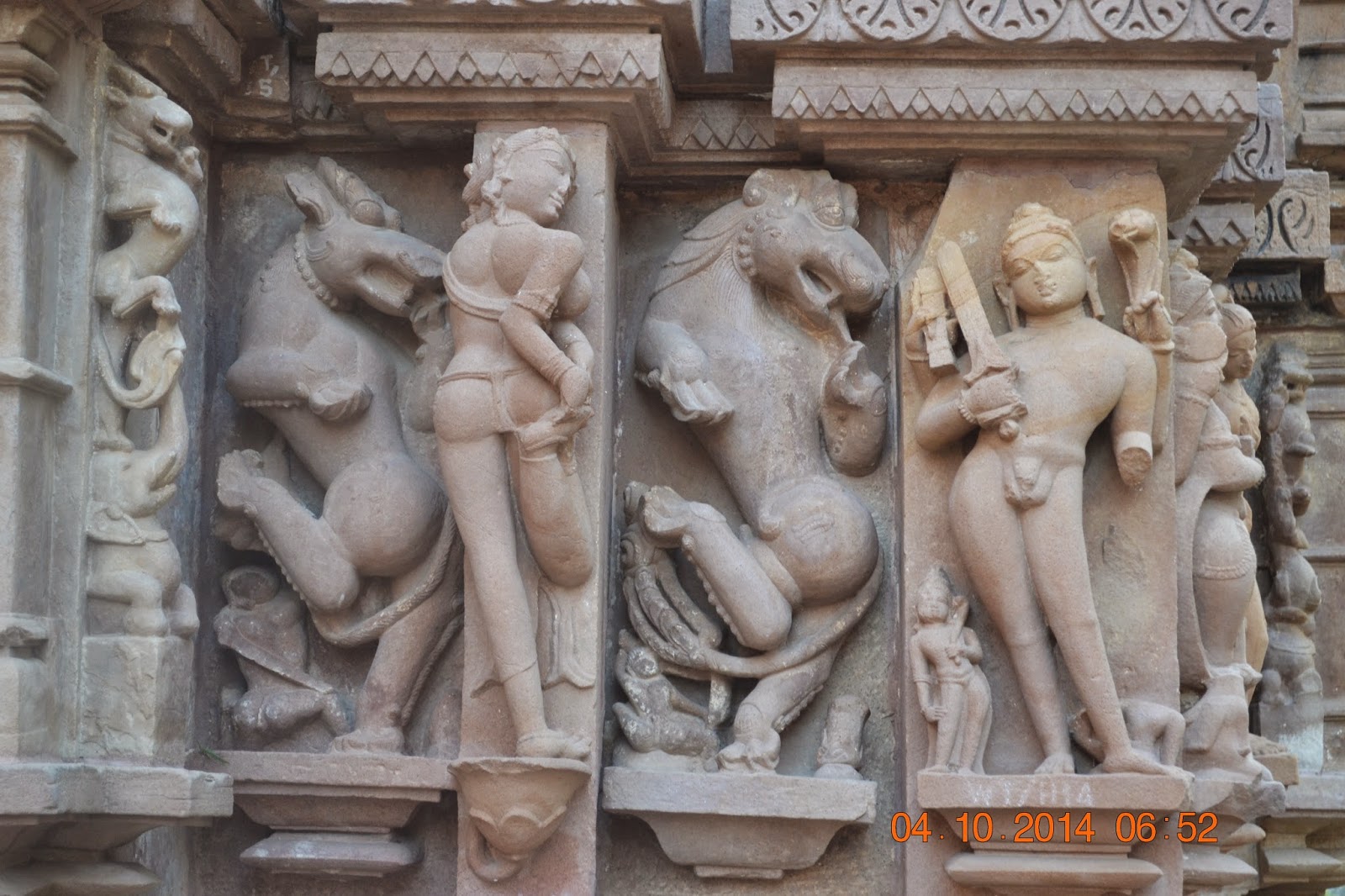



















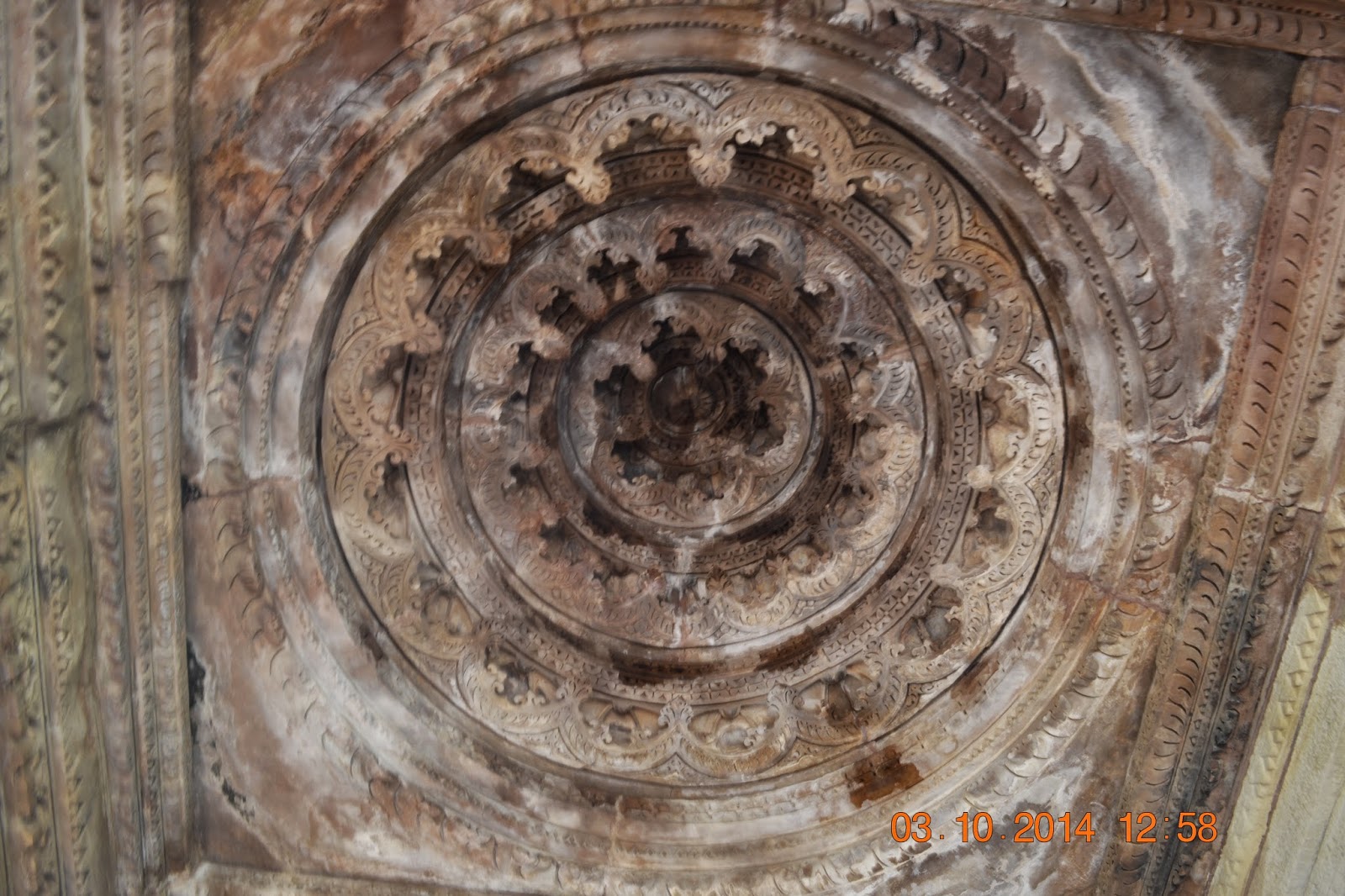























































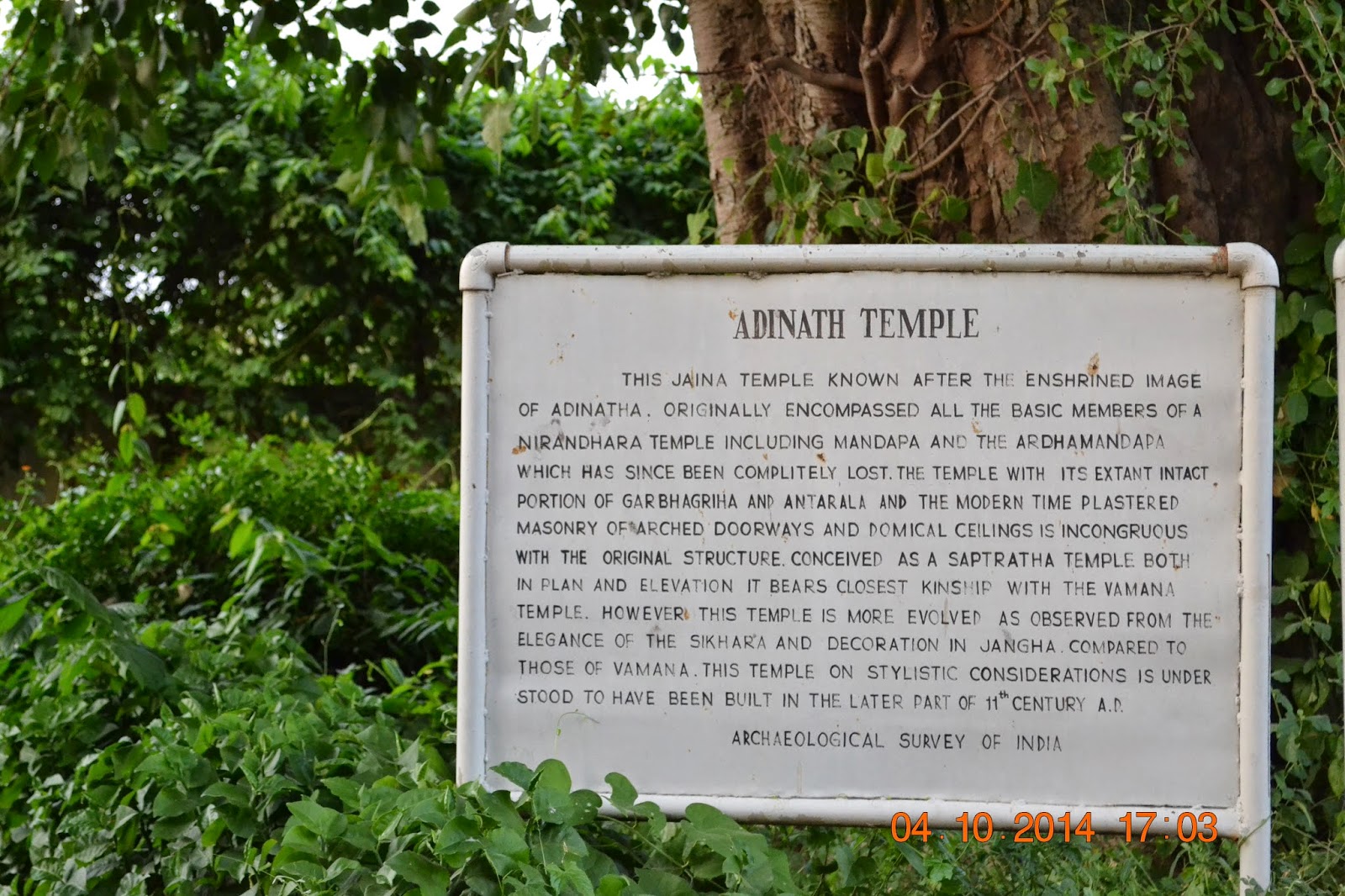
















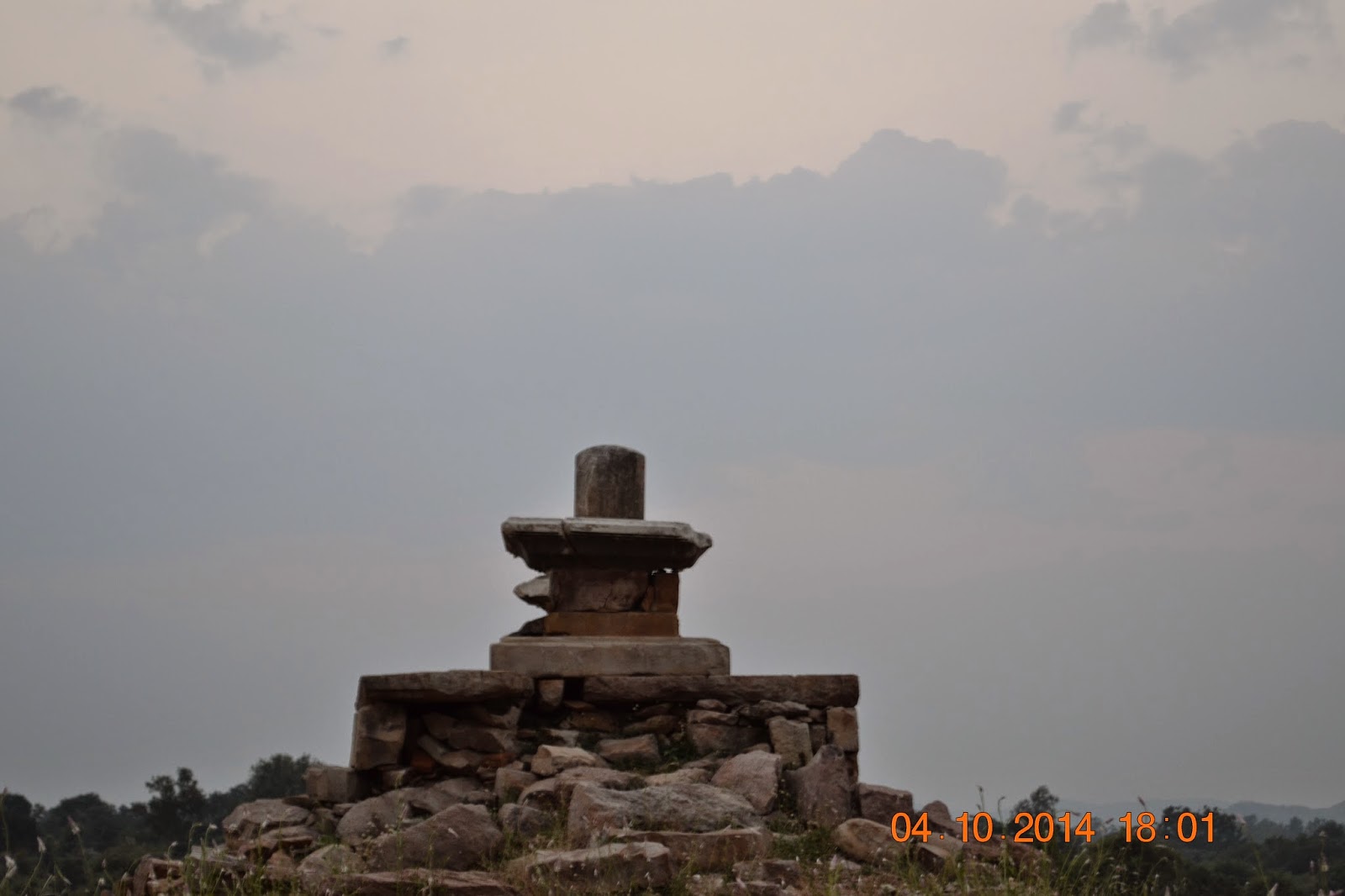





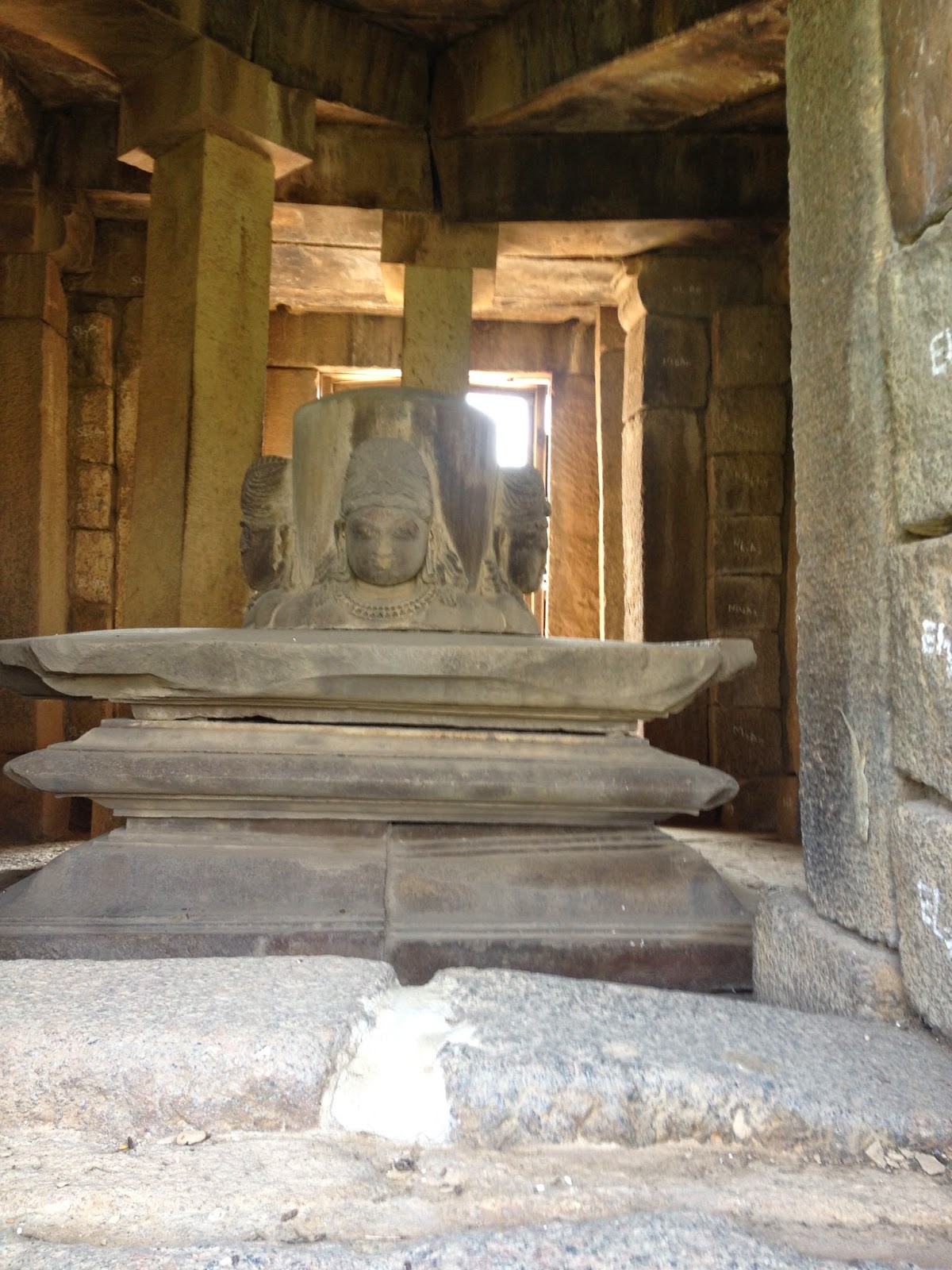
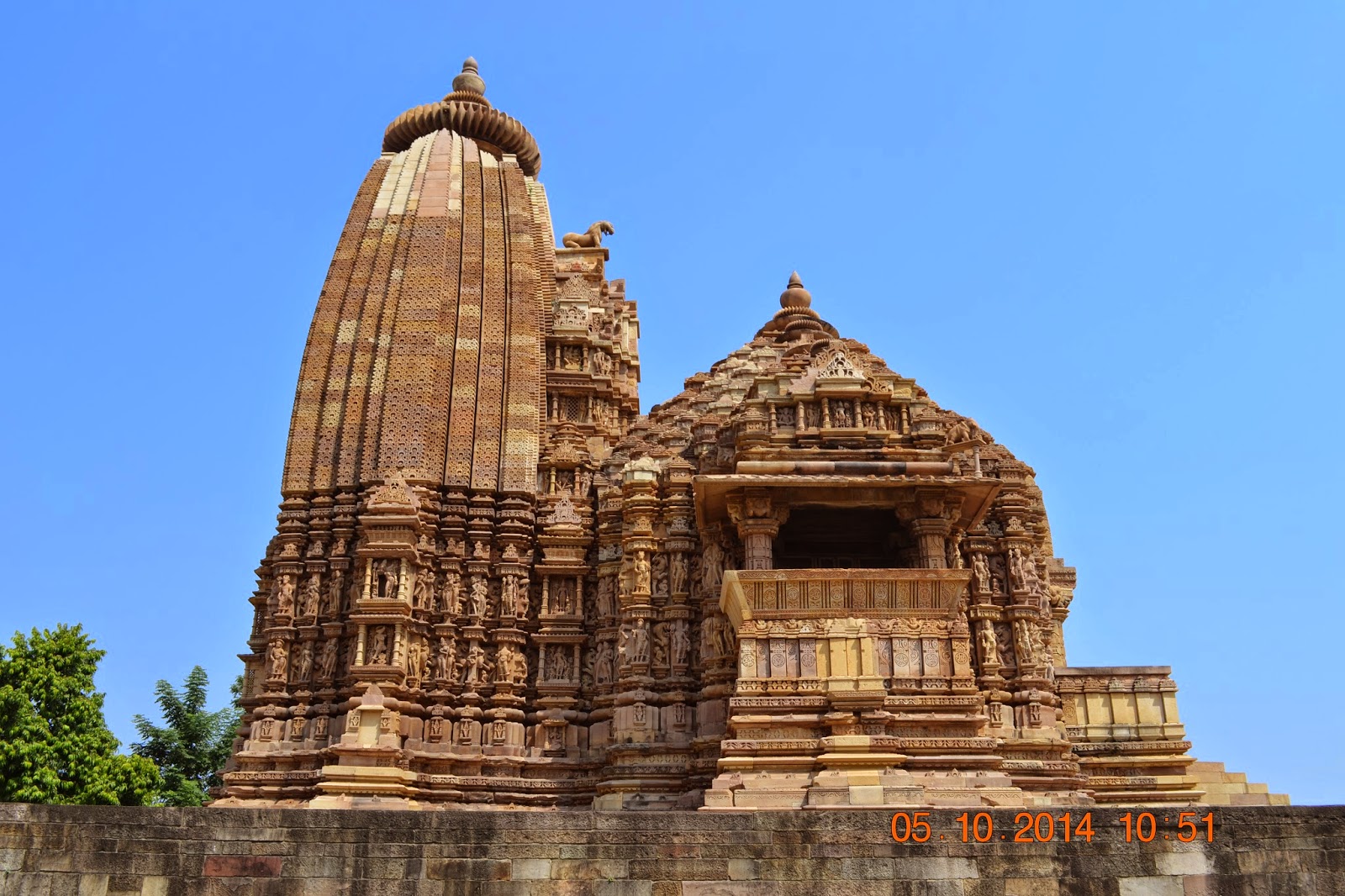










No comments:
Post a Comment